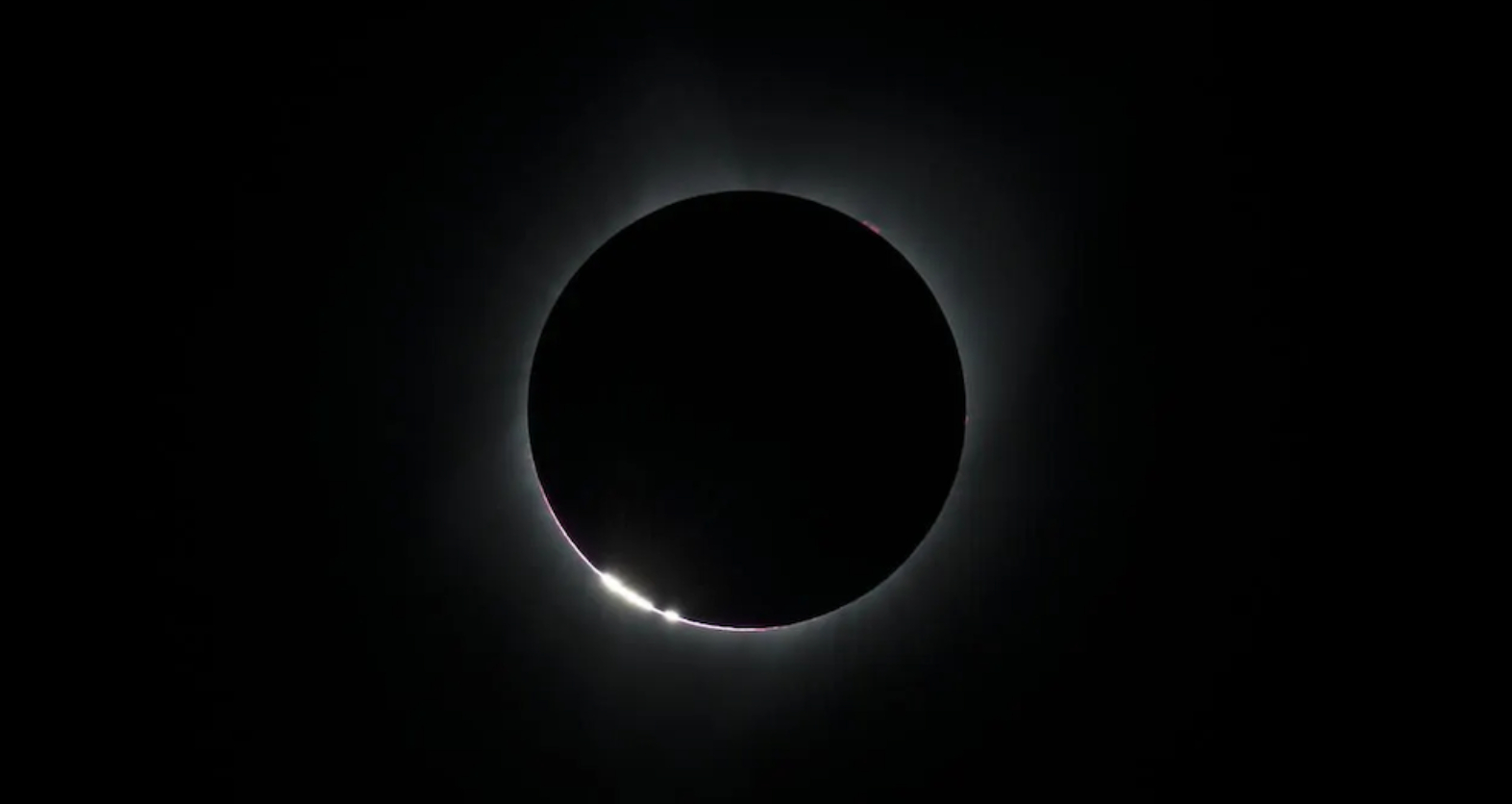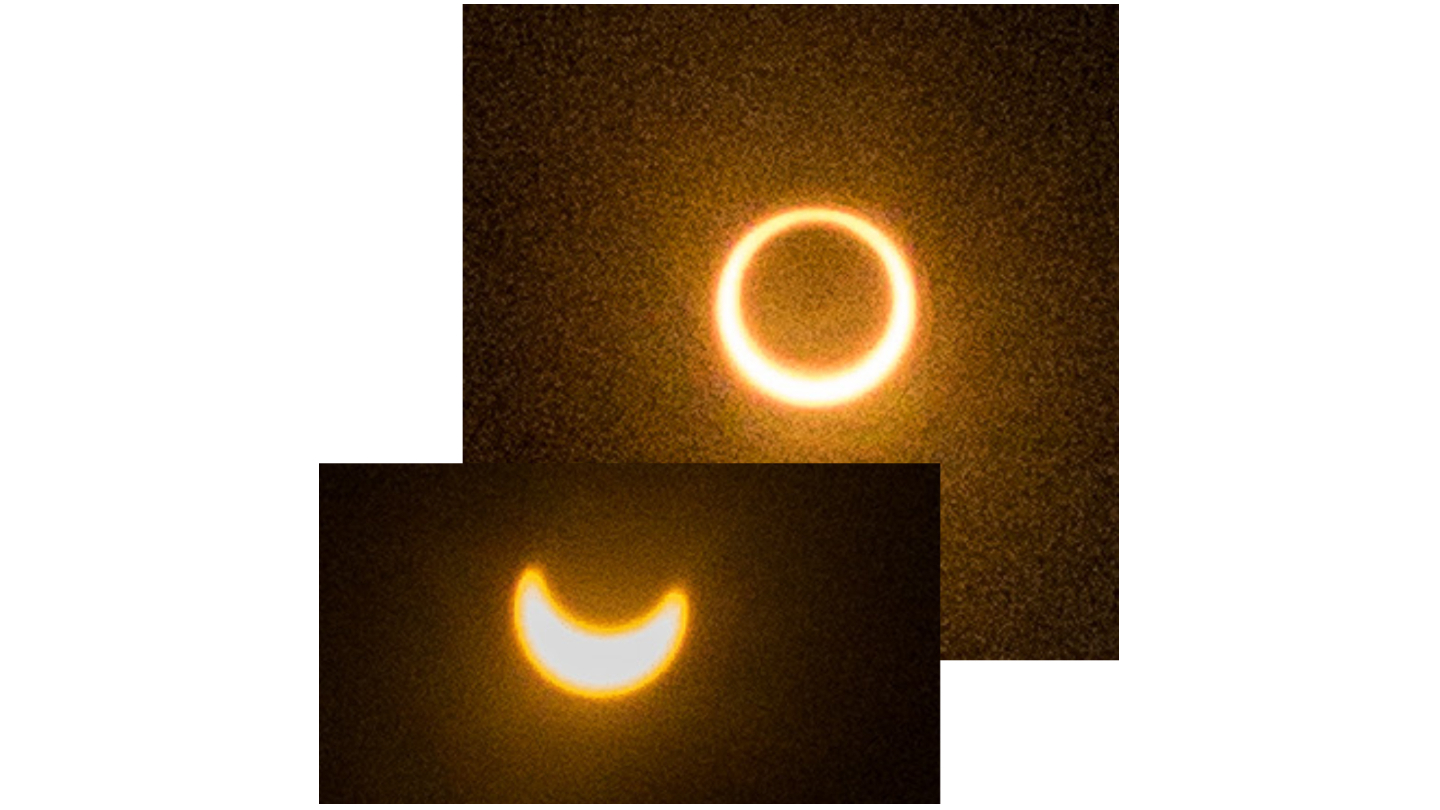
It's almost total solar eclipse time in North America. On Monday 8 April, the moon will pass between Earth and the sun, turning day into night. And if you're hoping to capture the moment, there's a NASA-funded smartphone app to help you do just that.
The SunSketcher app was created at Western Kentucky University (WKU) to allow anyone to capture every moment of the the total eclipse safely with any one of the best camera phones. And it's all in the name of scientific research.
Available for Android and iOS, the SunSketcher app aims to further research into a solar phenomenon known as Baily’s Beads. These are small flashes of light caused by caused by light from the sun filtering through valleys on the moon at the beginning and end of totality. And they could provide clues above the sun's oblateness.
Whatness? Oblateness. It's the quality of a round shape that becomes flattened at the poles. Although we often think of the sun as being a perfect sphere, centrifugal force causes it to slightly flatten into an irregular ellipse. The same thing happens to Earth, but crucially scientists still know relatively little about the precise shape of the sun. Mass data on the eclipse from different locations could help measure it and from there to infer our star's inner structure.

Until now, attempts to measure the sun’s oblateness have usually used specialized equipment., but SunSketcher aims to allow anyone to take part with any smartphone (see deals below). After the eclipse, users can choose to upload their photos, location details and camera settings to contribute to researchers' analysis.

Example images taken during the October 2023 annular eclipse using a pre-release version of the SunSketcher app may not seem to reveal a lot of detail, but the app automatically captures images throughout the eclipse to ensure that no vital glimpses of Baily's beads are missed.







